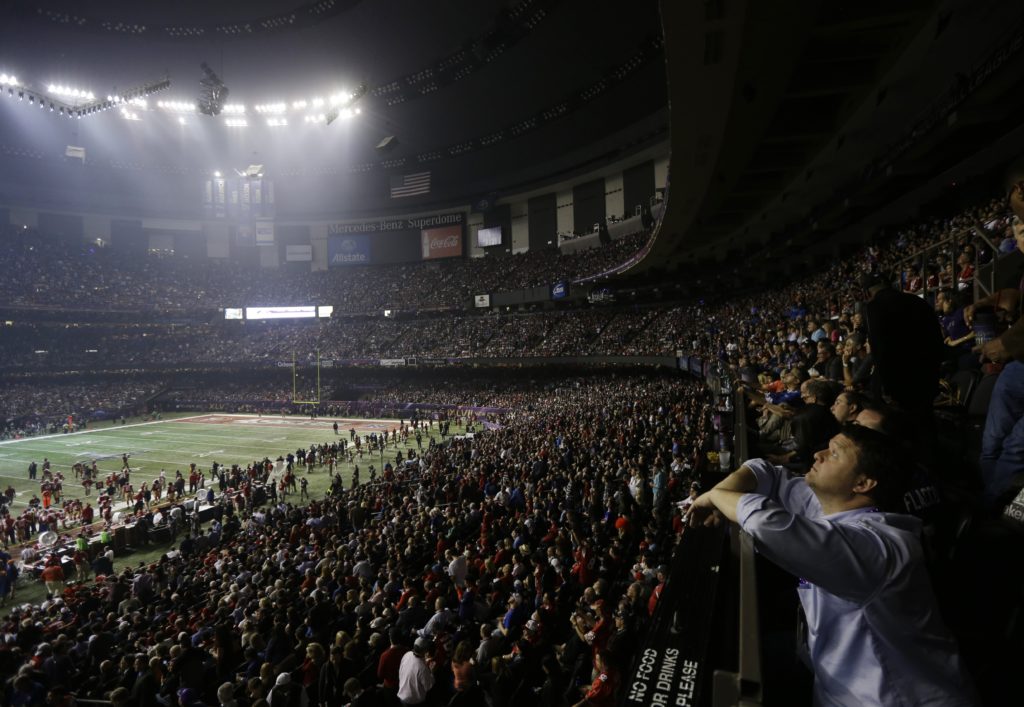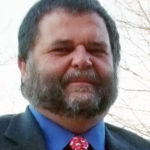7 Checks to Make on Your Event Power Supply
Posted On: April 23, 2020 By :A perfectly planned sporting event can mean years of preparation for athletes, millions of dollars invested in venues and event promotion, countless hours planning for the big day, a well-trained event crew focused on execution and thousands of spectators charged up for the thrill of victory.
And it takes just one power-related problem to upend the whole show.
Event organizers must assemble many partners to pull off high-visibility, well-attended sporting events. But when it comes to an event’s power distribution, the most seasoned planners often place their focus on just two areas: professionalism and reliability. Given the magnitude of major sports events, both should take center stage in a power-provider evaluation.

Sporting event power strategies require far more than a few generators. A partnership between organizers and the power supplier should be developed long before the fans arrive.
Each event, especially those held at new venues each year, requires complex system designs and equipment configurations that must be engineered by experts experienced with temporary power equipment and related issues. They will strive to ensure that all needed systems, activities and locations related to the event have the amount and type of power required for seamless support.
The potential for power failure poses costly risks. Such a failure could result in a public backlash or void the competition results. An outage might disrupt event broadcasting, refocusing the story from the event to the failure. Power problems could impact critical functions such as security, food service, lighting and audio — indeed, every part of the event.
Checklist of Critical Points
Savvy event organizers know how to think beyond the fundamentals to unleash the power of the power setup to help make their events exceptional experiences that keep sponsors, spectators and viewers returning.
When discussing the power plan with potential providers, follow this checklist to prevent problems before they occur.
-
Note the noise.
Many sports events are loud and raucous. Ask your power provider if they see any potential noise issues with your event layout so that generator noise is not heard over a golfer’s swing or drowning out awards ceremony speeches — preventable blemishes on an otherwise stellar occasion.
-
Sniff out any odor issues.
Power-generating equipment can emit odors. Your power planners should be able to anticipate that your designated space for equipment may introduce unpleasant odors near food vendors and sponsor activations. Let them review your event layout and agenda to put their nose for odor nuisances to work for you.
-
Plan the paths of least resistance.
Portable event power sometimes means large components and miles of cables must weave through an entire venue to reach the areas of activity. Your power partner should anticipate challenges in a layout that puts equipment or runs cable through pedestrian and vehicle paths.
-
Prevent incidents and injuries.
Consider how the web of power support might have the potential to cause trips, falls and other risks. Your vendor should place components and cables out of sight and out of the way whenever possible. They should have a solid plan for securing and marking equipment and cables to prevent tampering or trip hazards. Plans for things like ramps (both standard and ADA), running cables behind natural barriers, etc., should be considered in making the safest plan possible.
-
Protect the health of people and the planet.
Temporary on-site power generation will involve some level of emissions. Talk to your power provider about their commitment to minimizing impact. Does the company place a high value on sustainability? Ask your provider if they’ve invested in the latest earth-saving technology.
-
Make VIP comfort an important priority.
Sponsors, celebrities, royalty, elected officials and corporate execs are accustomed to others anticipating their every need— from comfort to security. Overlay providers generally offer power, temperature and humidity control solutions, all necessary for luxurious settings. Make sure your partner has a long history of supporting premier events where high-profile guests gather. Ask about their technicians’ professionalism and skilled engineering to ensure the best results.
-
Be prepared to weather the storms.
Discuss the potential issues of and contingency plans for unexpected weather, humidity, temperature changes, and reliability and safety issues due to high winds, rain, snow or hail. Using the right equipment, rated for use in wet and damp locations, as well as taking extra steps to plan for the unexpected could make the difference in weathering the storm.
Get ahead of the game and better support event-day crews by following this pre-event power checklist. You don’t want the complex power configuration on-site to present problems you will not have the power to correct.
 George “Geo” Long, senior event manager with Aggreko Event Services, leverages his 30 years of experience to support events of all kinds from regional competitions to the most-watched international sporting competitions. For more information, call Aggreko at (800) 244-7356 or visit Aggreko.com.
George “Geo” Long, senior event manager with Aggreko Event Services, leverages his 30 years of experience to support events of all kinds from regional competitions to the most-watched international sporting competitions. For more information, call Aggreko at (800) 244-7356 or visit Aggreko.com.
Posted in: Expert Advice, Perspectives